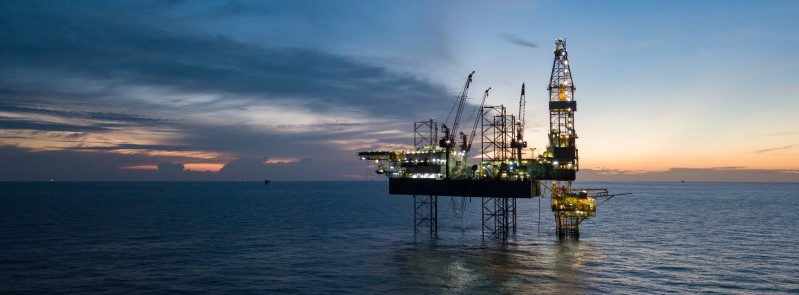(Bloomberg) – U.S. oil production will likely decline next year, but the scale of the dropoff will be substantially reduced by an old source of new supplies: the Gulf of Mexico/Gulf of America.

Producers in the Gulf will bring on 300,000 barrels of new daily output this year and a further 250,000 barrels in 2026 due to projects many years in the making, according to forecaster Wood Mackenzie Ltd. These will increase production in the region to more than 2 million bpd, about 40% higher than in 2020.
The growth comes against a backdrop of slowing U.S. shale production due to weaker oil prices, as onshore producers cut rigs and costs to counter rising supplies from OPEC and its allies. Overall U.S. production will decline 0.4% to 13.37 million bpd next year, the first drop since 2021, according to the Energy Information Administration’s Short-Term Energy Outlook released Tuesday.
The Gulf’s rising importance represents a turnaround from the past two decades, when the region took a backseat to the shale boom that has made the U.S. the world’s largest oil producer. But now tumbling crude prices are hurting shale drillers while major, longer-term Gulf projects are starting to come online.
“Most people are focused on onshore, when the real growth this year will come from offshore,” Miles Sasser, a senior research analyst at Wood Mackenzie, said in an interview. “The projects in the Gulf of America are ramping up nicely, and that should come as a surprise to many.”
Trump has promised to unleash U.S. oil and gas production, and his administration is reworking policies to help boost flows, including from the Gulf. He has also created a National Energy Dominance Council to help expand production. But his global trade war and the OPEC+ supply increases that he has encouraged have hammered crude prices, spurring the pullback by shale drillers.
Chevron Corp. will grow Gulf production 50% from last year, to 300,000 bpd by 2026. Shell Plc has Sparta, a 90,000 barrel-a-day project coming online in 2028, while bp Plc has a series of projects through the end of the decade that will increase production capacity by about 20% to more than 400,000 bpd. These are all coming at a time when fracing companies are warning U.S. shale production may have peaked.
Production growth in the Gulf has only outperformed shale in three of the past 10 years, and each of those instances came amid low oil prices and slowing demand, said Jesse Jones, a senior upstream analyst at Energy Aspects.
“Shale producers react more quickly to weaker prices,” he said.
Chevron’s most-recent developments break even at crude prices below $20/bbl, making them among the lowest cost anywhere in the world, according to Bruce Niemeyer, the company’s president of production in the Americas. Brent crude settled at just above $67/bbl Monday, down 10% since April 1.
“If you can drive breakevens down, you make your investments more resilient, you make the company more resilient,” Niemeyer said in an interview. “That’s the ultimate scorecard.”

